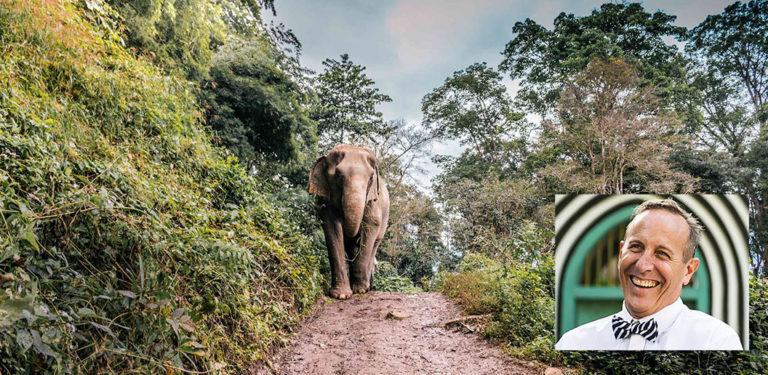In the lush heart of Cambodia’s Cardamom Mountains, the rhythm of the rainforest is written in the footsteps of elephants, the rustle of clouded leopards, and the quiet armour of the elusive pangolin. It is this remote, endangered world that has inspired one of the most striking design collaborations of the year: the Bill Bensley Collection for McGuire, a 30-piece furniture ensemble that brings the spirit of Southeast Asia’s last great rainforest into refined, contemporary interiors.
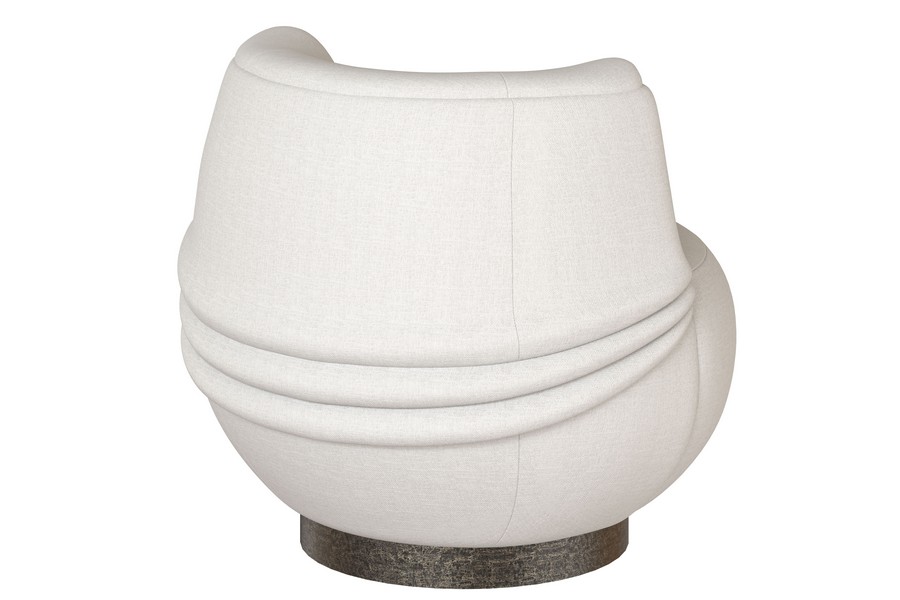
McGuire, long recognised as a pioneer of naturally luxurious furniture, invited Bangkok-based architect and designer Bill Bensley to translate the creatures and textures of the Cardamoms into functional works of art. The result is a collection that feels at once sculptural and sensual—tables, chairs, commodes and mirrors that echo antlers, feathers, scales and paws, all rendered in a rich language of stone, metal, timber and rattan.
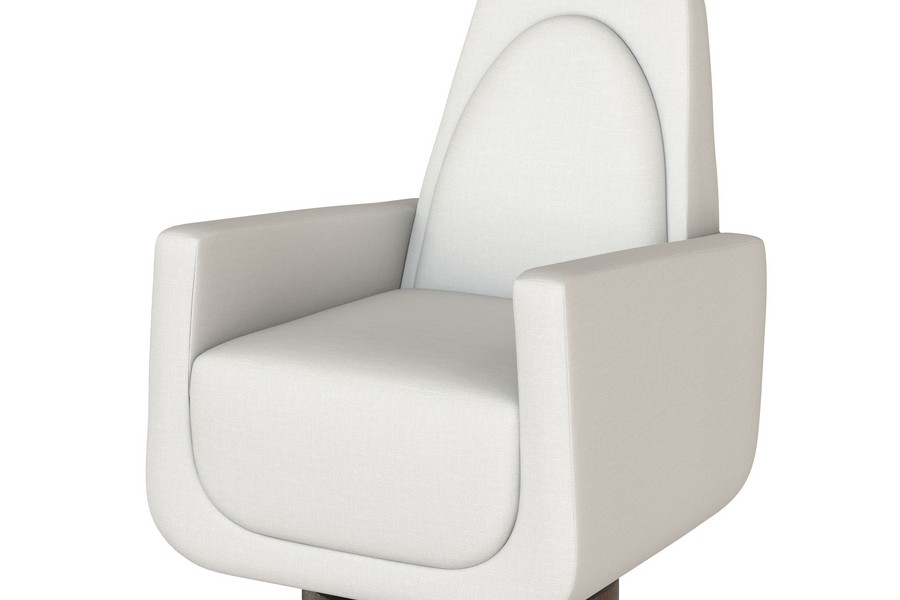
A Rainforest Cast in Stone, Metal and Rattan
The collection explores a tactile palette that feels grounded in the earth itself. Black and brown petrified wood, with its ancient density, becomes tabletops that feel carved from geological time. Crystal white agate, cool and luminous, recalls the flash of waterfalls cutting through dense jungle. Sandblasted oak reveals the quiet drama of grain and texture, while handwoven rattan, steam-bent by artisans, nods to McGuire’s storied heritage in natural materials.
These elements are brought together in bold silhouettes that retain McGuire’s reputation for comfort and liveability. Rather than mere objets, the pieces are conceived as soulful companions to daily life—furniture that invites you to sit, touch and linger, even as it tells a deeper story about wilderness and conservation.
Creatures of the Cardamoms
Each design is rooted in a specific animal, giving the collection a narrative dimension that feels distinctly Bensley.


The Tiny Serow, inspired by the small, sure-footed antelope found in Asia’s mountains, pairs a tray-shaped petrified wood top with slender, metal legs in a fossilised brass finish. The contrast between the solid stone and the poised, almost delicate base captures the quiet resilience of the creature that inspired it.
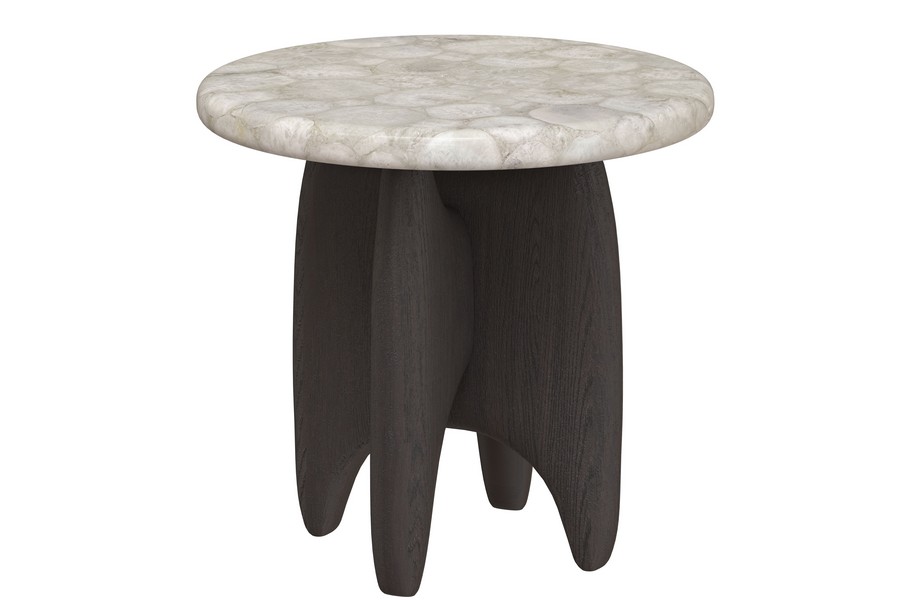
The Wild Elephant’s Cocktail Table channels the quiet strength of the jungle’s largest resident. Four cast-resin feet anchor a smooth crystal agate top, creating a piece that can be used singly or clustered in multiples. It feels playful yet monumental, much like a small herd gathered in a clearing.
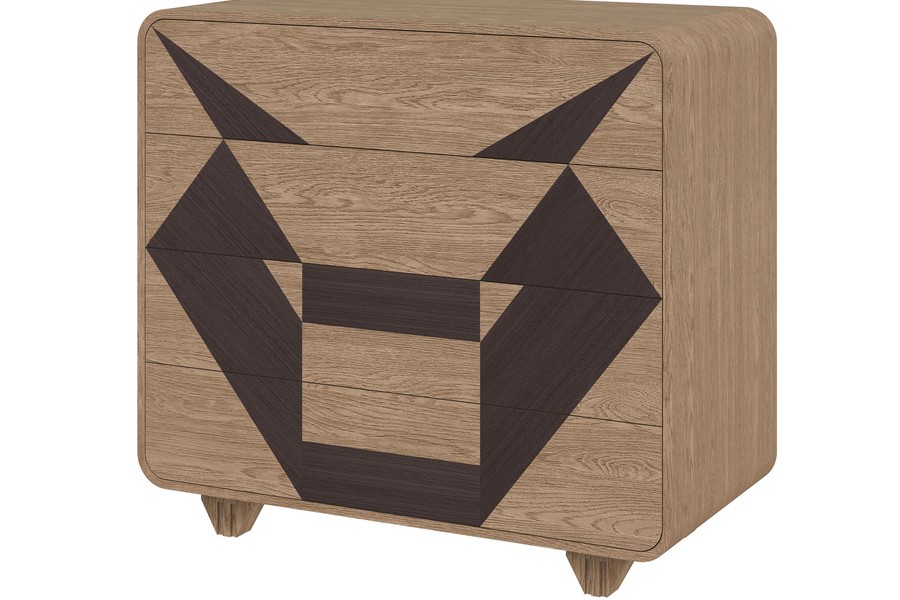
In The Clouded Leopard’s Commode, sandblasted oak becomes a canvas for a bold walnut veneer inlay that forms the abstract visage of a jungle cat across four drawers. It is a piece that rewards repeated viewing—the more one looks, the more the feline presence emerges from its subtle, geometric patterning.


The peacock appears twice in the collection as a dramatic motif for seating. The Peacock’s Throne Dining Chair and Peacock’s Throne Lounge Chair both evoke the bird in full display, their textured bronze frames and handwoven back panels fanning out like plumage. These are statement pieces designed to command attention at the head of a dining table or as sculptural anchors in a living space.


Elsewhere, The Sambar’s Lounge Chair interprets the branching antlers of the sambar deer through a sophisticated interplay of rattan and oak, offering a generous, organic form that feels both striking and inviting. The Otter’s Romp Sofa brings a sense of movement and joy with its sloping lines and relaxed silhouette, inspired by one of nature’s most playful animals.
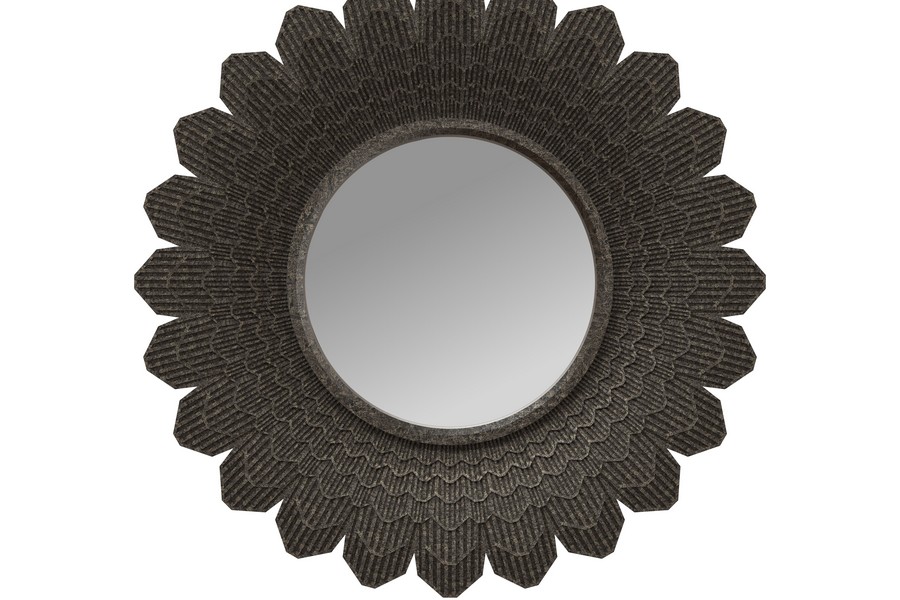
Even the humble pangolin—one of the world’s most threatened species—receives a glamorous tribute in The Pangolin’s Mirror, its frame finished in textured brass that mimics overlapping scales around a clear mirror centre.
A Love Letter to the Wild
For Bensley, whose work spans more than 200 hotels and private residences across 30 countries, the Cardamom Mountains are far more than a design reference. They are a personal passion and a long-running crusade. Through his tented camps and conservation-focused projects in the region, he has seen first-hand the efforts of rangers and local communities to protect this fragile ecosystem.
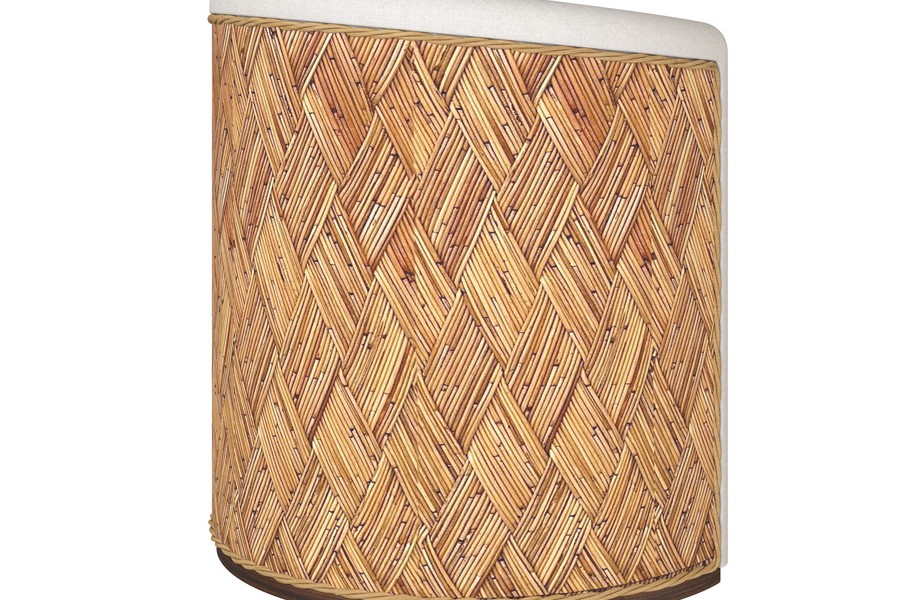
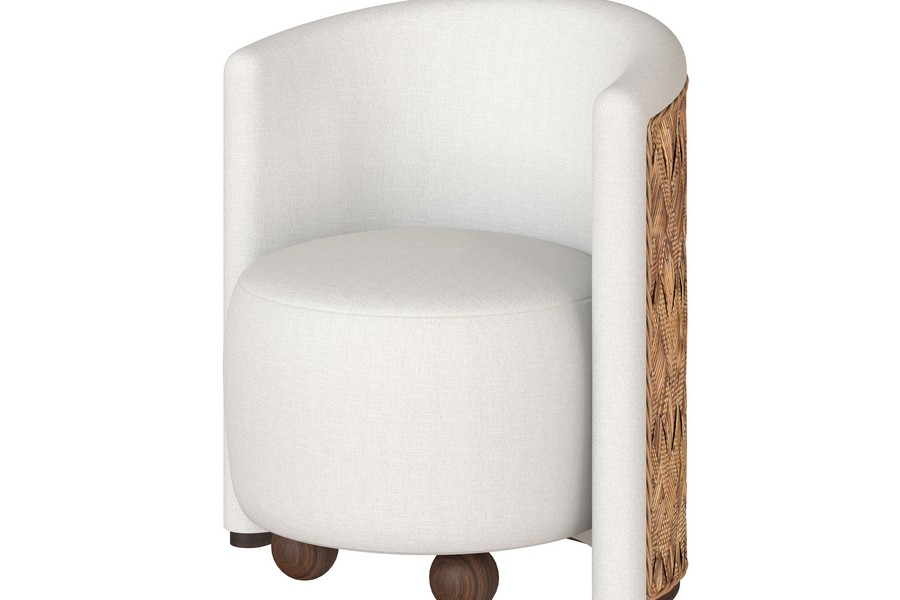
The McGuire collaboration allowed him to channel that experience into a new medium. He describes the collection as a love letter to the wild—a way of capturing the essence of elephants, civet cats, monkeys, pangolins and other rainforest inhabitants in pieces that will live at the centre of human homes. The aim is not only to delight the eye, but also to spark conversation about what is at stake if these landscapes and species are lost.
Design with a Purpose
The partnership between McGuire and Bensley extends beyond aesthetics. Proceeds from the collection—and from exhibitions, art classes and collaborative events associated with it—will support the Shinta Mani Foundation, a non-profit dedicated to wildlife protection and community development in Cambodia. In this way, each purchase contributes directly to safeguarding the environment that inspired the work.
It is a natural alignment for McGuire, whose design philosophy has long revolved around the idea of “natural luxury”—pieces that feel relaxed, tactile and deeply connected to landscape. Under the broader Baker-McGuire umbrella, the brand continues to push into modern, boundary-breaking territory while honouring its legacy of hand craftsmanship and refined comfort.

From High Point to Homes Around the World
The Bill Bensley for McGuire Collection made its official debut at High Point Market in October 2025, capturing the attention of designers seeking pieces that balance theatre with thoughtfulness. The line is now available to the design trade through McGuire and Baker showrooms worldwide, as well as via the Baker-McGuire online platform.
For design lovers, the collection offers something rare: furniture that feels as though it has stepped straight out of the rainforest, yet sits comfortably in a penthouse, beach house or city salon. For Bensley and McGuire, it marks a moment where high design, storytelling and conservation come together—proof that luxury can both celebrate beauty and help protect the wild places that inspire it.


